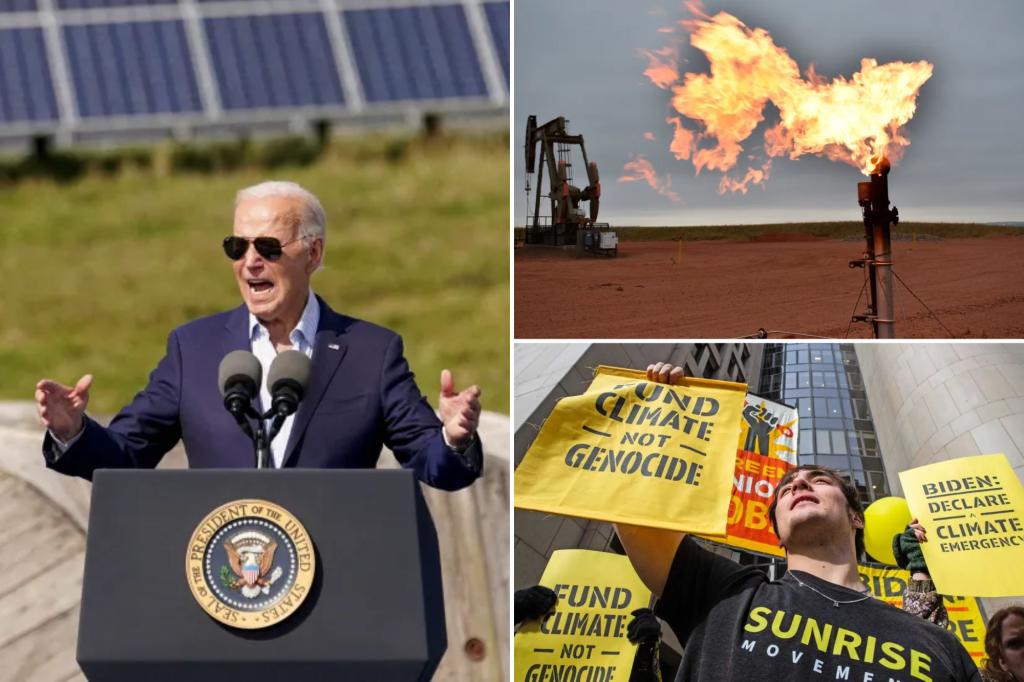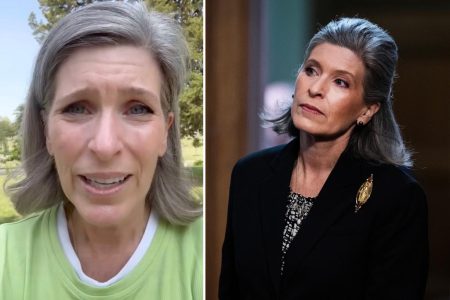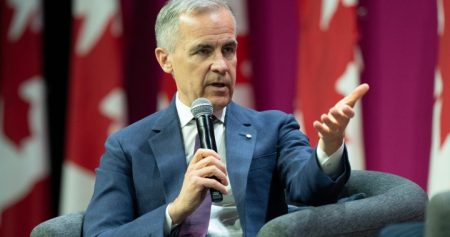President Joe Biden has unveiled an ambitious plan to drastically reduce U.S. greenhouse gas emissions, aiming for a 61% to 66% reduction below 2005 levels by 2035. This updated Nationally Determined Contribution (NDC), submitted to the United Nations under the Paris Agreement, surpasses the previous target of a 50% reduction by 2030 and sets the stage for achieving a net-zero emissions economy by 2050. Biden emphasized the significance of this commitment, framing it as the “boldest climate agenda in American history” and highlighting various initiatives such as deploying offshore wind power, conserving lands and waters, tightening vehicle emission standards, and enacting historic investments in clean energy through legislation like the Inflation Reduction Act. He underscored the economic benefits, projecting the creation of numerous well-paying jobs, more affordable energy, and a healthier environment for all Americans.
This ambitious goal requires a comprehensive transformation across multiple sectors, from power generation and transportation to buildings, agriculture, and industry. It necessitates a significant shift towards renewable energy sources like wind and solar, coupled with steep cuts in emissions from fossil fuels, including oil and coal. A crucial component of the plan involves reducing methane emissions by at least 35% from 2005 levels by 2035, recognizing methane’s potent contribution to near-term warming. Achieving these ambitious targets will require sustained efforts, innovation, and collaboration between the federal government, states, cities, and the private sector.
Despite the urgency of addressing climate change, the incoming Trump administration poses a significant challenge to Biden’s climate legacy. Trump, while no longer dismissing climate change as a hoax, remains committed to dismantling what he terms the “green new scam” and prioritizing fossil fuel production. He is expected to withdraw the U.S. from the Paris Agreement again and repeal parts of the Inflation Reduction Act, particularly subsidies for electric vehicles and offshore wind. This creates uncertainty and potential setbacks for the progress made under the Biden administration, highlighting the vulnerability of climate action to political shifts.
However, Biden’s team and climate advocates express confidence that the momentum towards a cleaner energy future can be sustained. They emphasize the role of states, cities, and the private sector in continuing climate action, regardless of federal policy. John Podesta, Biden’s senior adviser for international climate policy, stressed that climate leadership extends beyond the Oval Office, citing initiatives across the country as evidence of continued commitment. The U.S. Climate Alliance, a bipartisan coalition of governors, reinforces this message, pledging to uphold the climate goals irrespective of White House support. Governors like Kathy Hochul of New York and Michelle Lujan Grisham of New Mexico express determination to continue the fight against climate change, emphasizing the economic and health benefits of a clean energy transition.
While the new emissions target is ambitious, experts consider it achievable with concerted effort and policy implementation. Debbie Weyl of the World Resources Institute acknowledges the target’s scientific grounding and its feasibility if policy levers are fully utilized. However, she stresses the necessity of assertive action from state and local governments, alongside rapid expansion of renewable energy, electric vehicles, grid modernization, and decarbonization of heavy industry. The success of this ambitious climate plan depends on a multifaceted approach involving technological advancements, policy support, and sustained commitment from all levels of government and society.
The new NDC submission by the United States holds significant weight on the global stage. As the world’s largest historical emitter of greenhouse gases and a major producer of fossil fuels, the U.S. plays a crucial role in international climate efforts. The Paris Agreement’s framework of regularly updating NDCs with increasing ambition underscores the ongoing nature of this global challenge. Though the incoming administration’s stance poses a significant obstacle, climate advocates believe that the clean energy transition is underway and that the collective efforts of states, cities, businesses, and individuals can continue to drive progress towards a more sustainable future, urging continued action despite political headwinds. This highlights the importance of multi-level governance and the role of non-state actors in driving climate action.










